A few friends of mine in L.A. have been #AskingAmanda about the true “health factor” of a popular spot called Moon Juice – and seeing as I’ve been a bit out of the scene (you know, just 8000+ miles) for a while, I had to do some online digging to find out exactly what that place was.

Pretty pretty Moon Juice, Los Angeles
For those of you who are as ignorant (or non-SoCal-residing) as me, here’s a primer:
The Moon Juice slogan is “plant-based alchemy to elevate body, beauty, and consciousness,” which in layman’s terms means “we’re going to charge $7 for the same bag of dried mango you can get at the neighbourhood bodega, and serve it up with a side of self-righteousness.” Ok, I’m being a bit harsh. But places like this have one thing in common:
They sell you basic (and usually inexpensive) ingredients, repackaged and upcharged to make healthy eating seem hip.
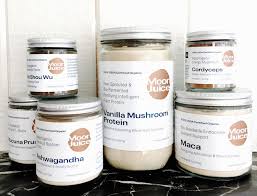
Don’t forget your daily…ashwagandha.
At its simplest, I have no problem with this marketing strategy (and guys, recognise it for what it is: A MARKETING STRATEGY). I’d LOVE for my nutrition clients to use more anti-inflammatory spices in their meals; if it takes baking cumin into a swiss chard “crisp” and charging six bucks an ounce for it, well, that part is actually fine with me (the “dusts,” activated nuts, and powdered supplements from Moon Juice are all perfectly healthy, unlike a lot of competing “natural” foods brands).
The problems I have with this new batch of new-age “granola” food are as follows:
- they’re expensive AF, perpetuating the excuse that “I can’t afford to eat healthy”
- a lot of it is just masking and repackaging unhealthy ingredients (read: sugar!) in seemingly healthy ways (don’t get me started on KIND Bars, Jamba Juices, or the now-popular in Singapore Unicorn Tears)
- powders, pills, and shakes, even if made with the good stuff, disguise the appearance of what “real” ingredients look like – further distancing the relationship between modern humans and their food
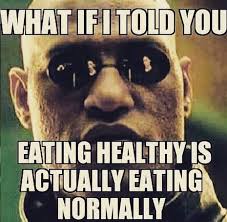
MIND BLOWN
That being said, what these places are doing right is this: putting healthy food into attractive formats and selling it in convenient and attractive ways, which means the average (monied) person (who may never buy, juice, and pack their own organic kale) has increased access to better food choices on the go, which in our fast-paced society is a definite plus. One of the top questions I get from clients (especially in Singapore!) is “where can I get something fast to eat that won’t destroy my diet?” and I’d love to point them in the direction of something like a Moon Juice if we had it here (note: we do have some awesome go-to healthy spots like Kitchen by Food Rebel, Little Farms, and Mojo, but they’re not as centrally located and affordable as I’d personally prefer).
A final note on health and fitness gimmicks: be discerning, guys. Don’t pay $6 for a sugar-packed, preservative-ridden bag of “Yo Cherry Guilt-Free Snacks” (an actual product sent to me by a client last night looking for a healthy snack choice at the movies) when you can pack your own (bigger!) bag of raw almonds, dried unsweetened cherries, and cacao nibs for a cheaper, cleaner choice.
Don’t let fancy-looking packaging, the word “natural,” or the popularity of a product be your reason for choosing it. Read the label (pro tip: if food doesn’t HAVE a label, like a fresh apple, it’s probably the healthier choice) carefully, watch for hidden sugar and high sodium, and get the majority of your daily calories from clean, unprocessed, unpackaged, as-close-looking-to-the-original-state-of-the-food (think celery sticks rather than celery “juice”) foods as possible.
Have you come across a “gimmicky” food or product you just KNOW isn’t healthy? Let TFB be your soapbox – and warn the others! 😉









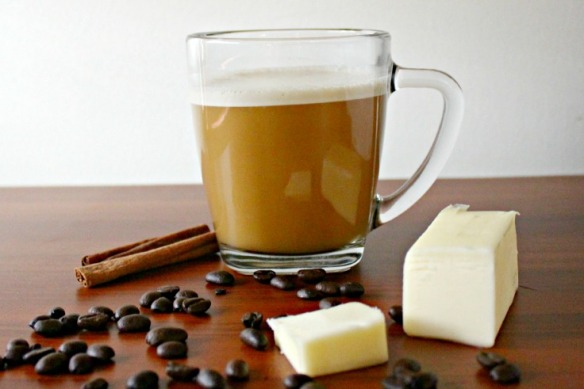


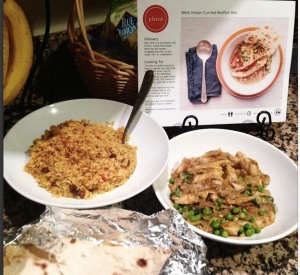

 BLUE APRON! (applause)
BLUE APRON! (applause)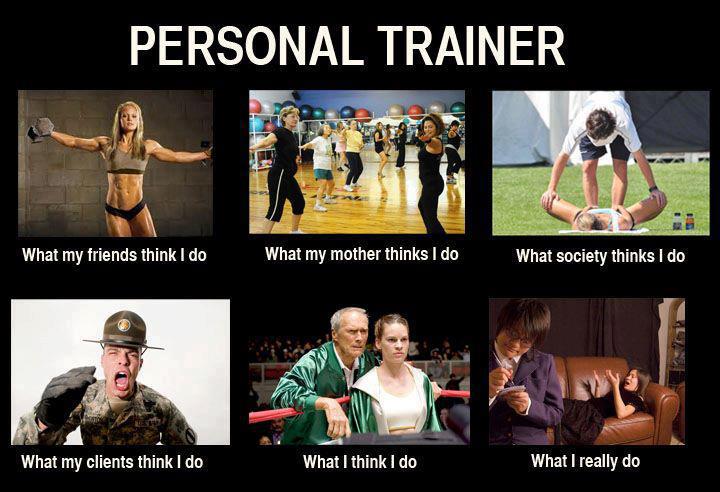

 8:30pm
8:30pm